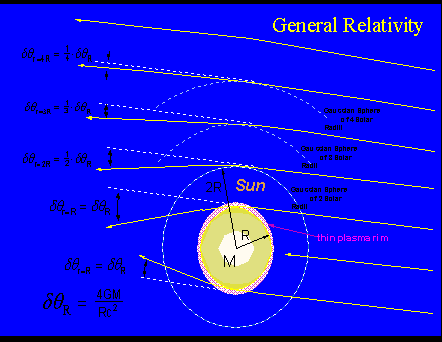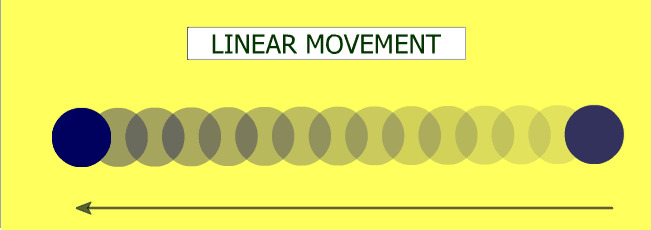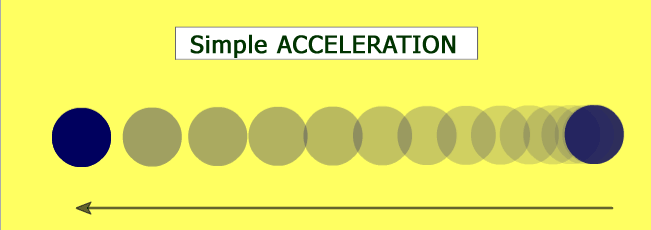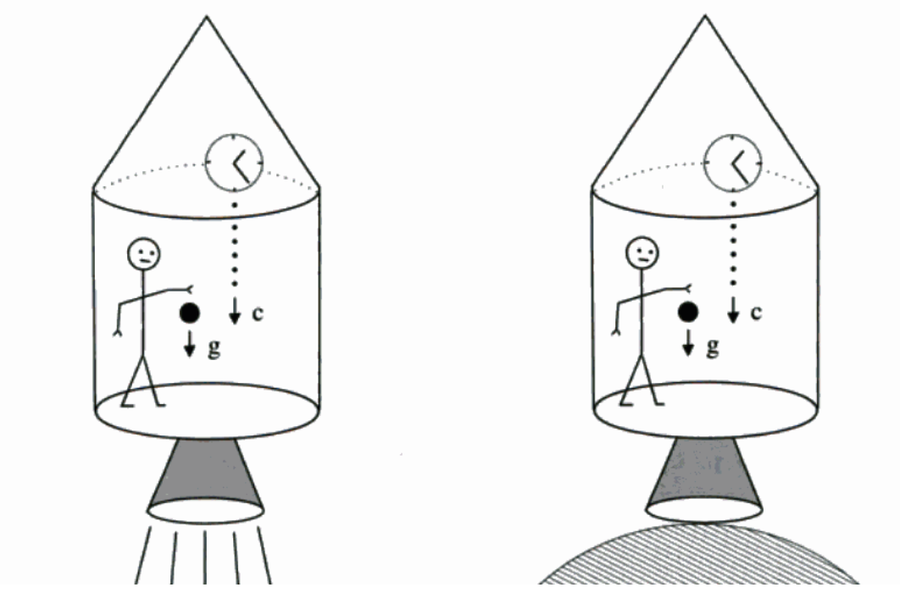1761
Flat Earth Theory / Re: Reasoning behind the Universal Accelerator
« on: December 16, 2021, 05:00:54 PM »The biggest impossibility with Universal Acceleration is that you'd reach relativistic speeds within the month, and hit the speed of light within a year. From an initial velocity of 0, a constant acceleration of 9.8 m/s would mean that the Flat Earth would reach the speed of light in 11.6 months. So UA needs an entirely different physics paradigm, because depending on the age of the Earth, we would currently be experiencing a velocity that is trillions of times the speed of light.
I don't see why there should need to be a speed limit to the universe. Some experiments suggest that c can be surpassed. After the invention of SR scientists performed the Michelson-Morley light velocity experiment that assumed the Earth was moving on a horizontal plane with an experiment involving a moving detector in the laboratory:
https://wiki.tfes.org/Sagnac_Experiment
Quote
On p.306 of the book Unified Field Mechanics II we find a paper by Physicist José R. Croca, Ph.D. (bio), where we see:
“ Since the realization of this [Sagnac] experiment, which has been done with photons [25], electrons [26] and neutrons [27], many trials have been made to interpret the observed results seen, for instance, Selleri [28]. Indeed, Sagnac utilized the habitual linear additive rule and with that he was able to correctly predict the observed results. Still, since his prediction lead to velocities greater than c and consequently are against relativity which claims that the maximal possible velocity is c this raised a large amount of arguing. In fact, many authors tried to explain the results of the experiment in the framework of relativity which assumed that the maximal possible velocity is c. As can be seen in the literature, there are almost as many explanations as the authors that have tried to explain the results in the framework of relativity. In some cases the same author [29] presents even more than one possible explanation. The complexity of the problem stems mainly from the fact that the experiment is done in a rotating platform. In such case, there may occur a possible accelerating effect leading the explanation of the experiment to fall in the framework of general relativity.
This controversy, whether Sagnac experiment is against or in accordance with relativity, was settled recently by R. Wang et al. [30] with a very interesting experimental setup they called linear Sagac interferometer. In this case the platform is still, what moves is a single mode optical fiber coil, Fig. 12.
They did the experiment with a 50 meter length linear interferometer with wheels of 30 cm. The observed relative phase shift difference for the two beams of light following in opposite directions along the optical fiber was indeed dependent only on the length of the interferometer and consequently independent of the angular velocity of the wheels. From the experimental results obtained with the linear Sagnac interferometer one is lead to conclude that in this particular case the linear additive rule applies. Consequently we may have velocities greater than c, which clearly shows that relativity is not adequate to describe this specific physical process. ”
See the bolded.




